Microsoft Band 2 review
Hypochondriacs of the world, this is the fitness tracker for you
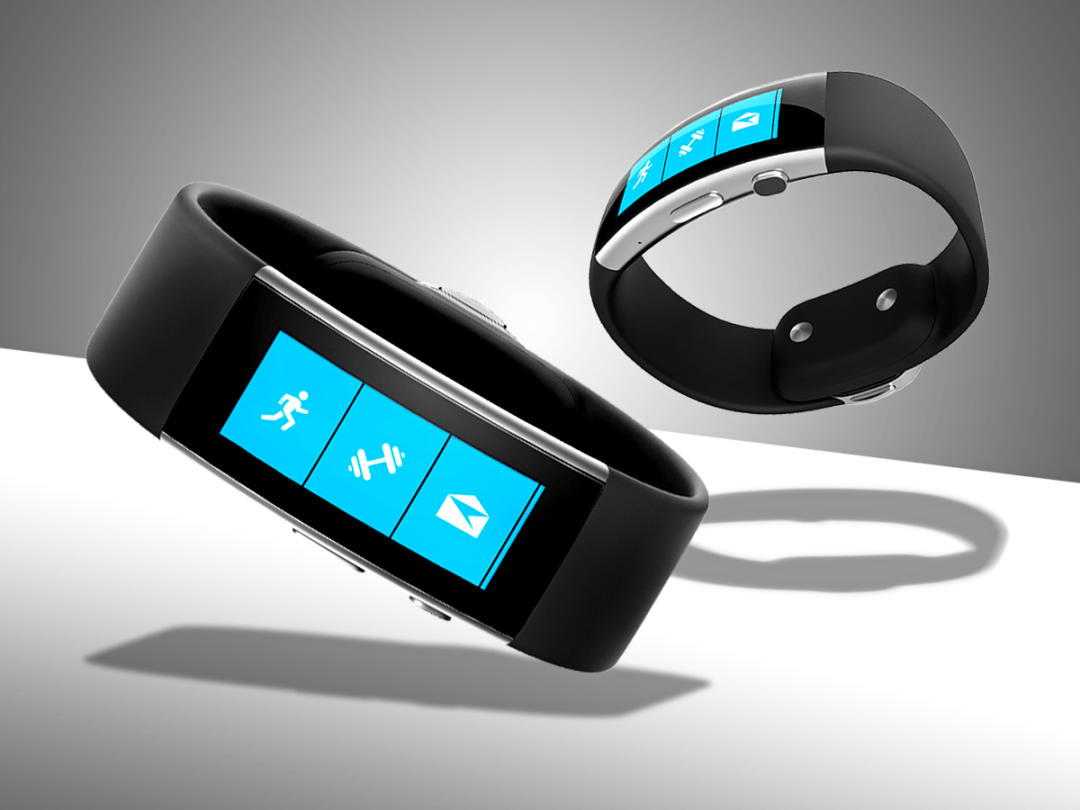
OK. So I don’t know about you but we’re rapidly approaching the moment when I’ll have my annual existential crisis: is it finally time to stop acting like such a slob?
Maybe this is because I’ll have just eaten two pizzas in 12 hours. Maybe it’s because I genuinely think guava juice could taste better than beer. Most likely it’s the pizza thing again.
All I know is that I’ve been wearing the Microsoft Band 2 for a good fortnight and that moment of overwhelming self-loathing hasn’t hit yet – despite my dangerous pepperoni fixation. Sure, this fitness band has its flaws, but you can just about live with them and feel all the better for it.
Tracking to the max
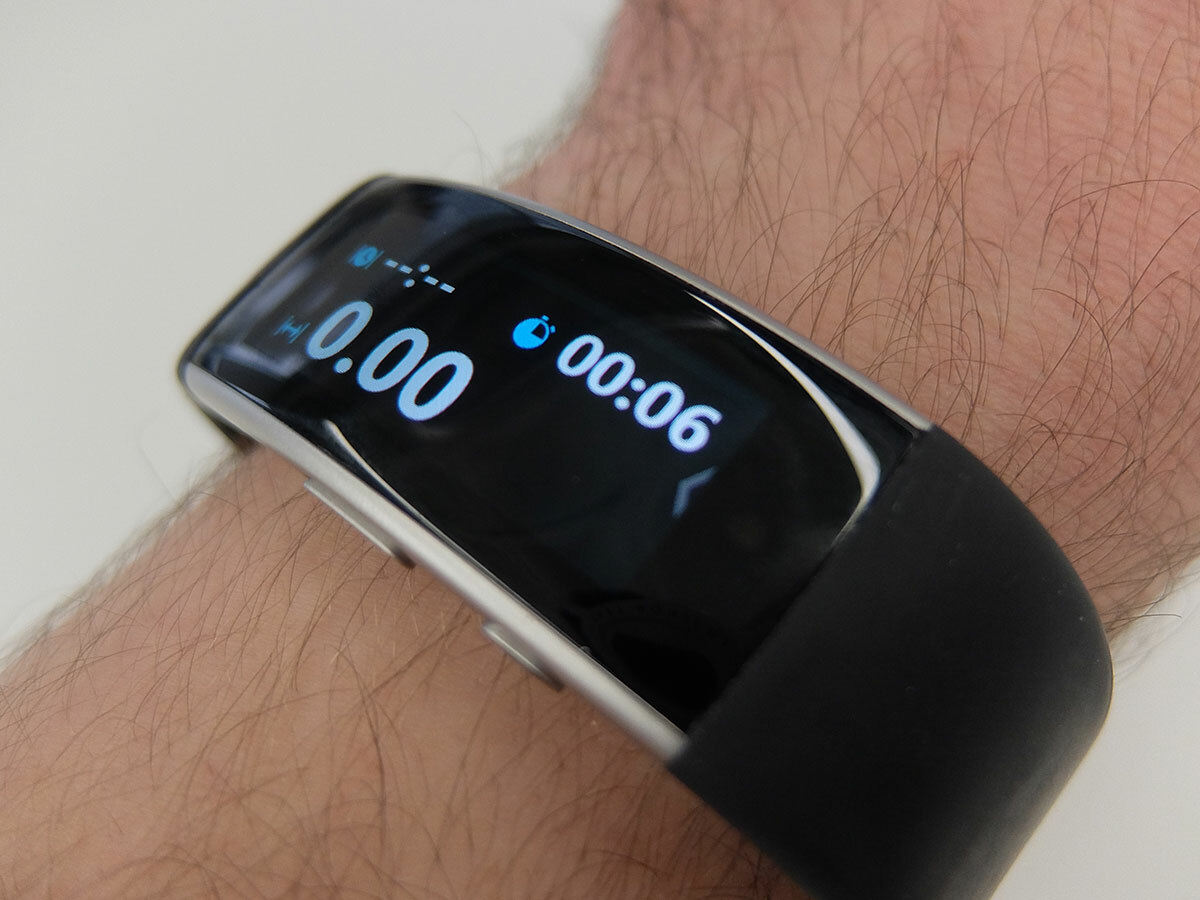
You might have heard of a fad called the ‘quantified self’ that’s been buzzing round health-conscious circles. Born in San Francisco (because, of course) it’s all to do with tracking as much of your bodily activity as possible. The more data you have about yourself, the better the human being you can become.
Microsoft’s Band 2 is primarily aimed at these people. The kind of folks who’d record their bowel movements given the opportunity. It has 11 sensors for tracking metrics such as GPS, UV levels and your heart rate. It’ll even estimate your VO2 max capability, which is the maximum volume of oxygen you can breath. Why? Because it sounds impressive.
Maybe third time lucky? › Samsung Gear S2 review
Sort of a smartwatch too
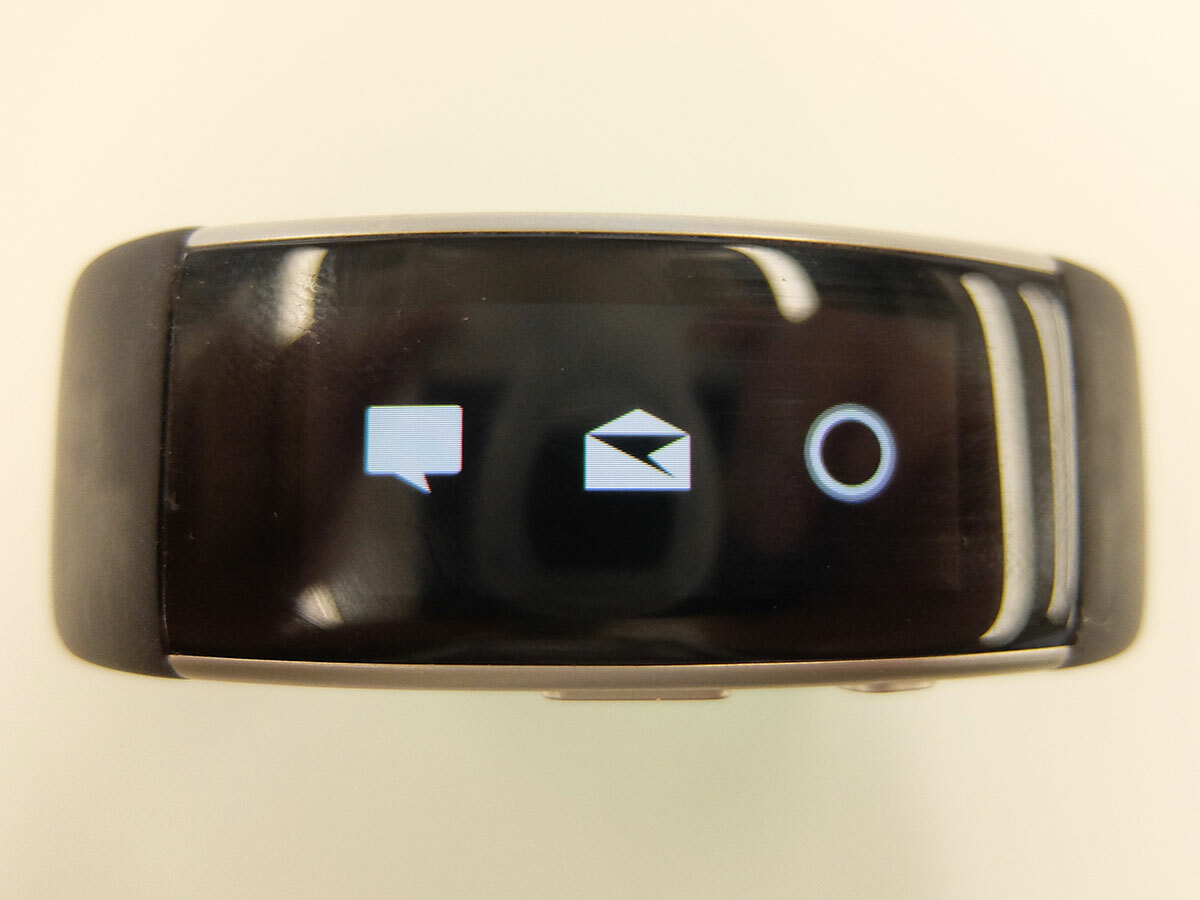
If you don’t want to use the Band 2 like an ultra-powered Moov Now, then that’s OK. It also doubles as a poorly-specced smartwatch that will allow you to handle calls, texts and emails. The messages come through especially intermittently on this device.
While this might sound like a real shortcoming for Microsoft’s tracker, its more connected ambitions have a needling effect on the exercise averse. You’ll look at it to check your texts on your wrist and then think, ‘I really should go for a run this evening’. Two days later, you’ll find yourself outside at the break of dawn just to shift a lingering sense of guilt.
Now I’m not saying that I’m so weak-willed as to have my life dictated to me by an inanimate object, but that is exactly what happened on at least four occasions.
Plenty of fitness choice
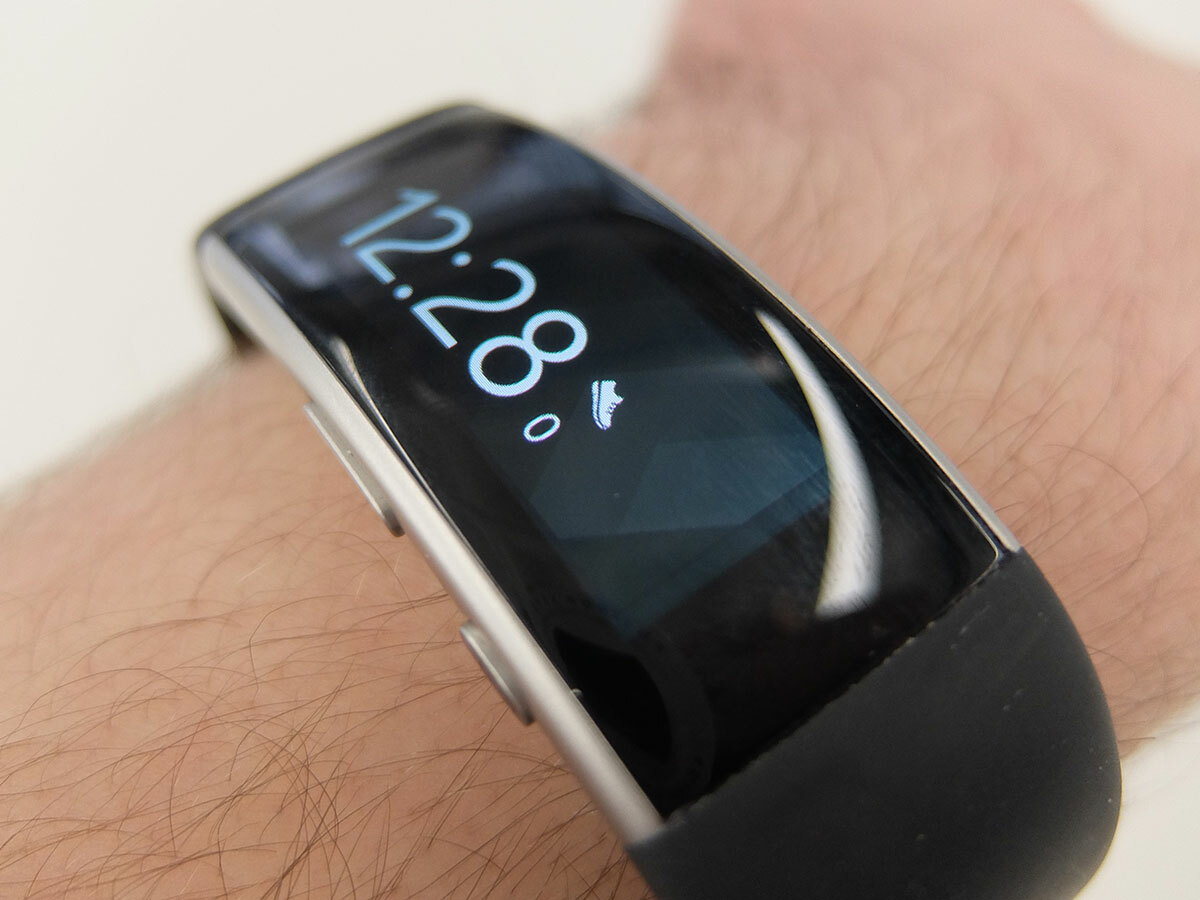
You can enjoy a lot of different types of exercise with the Band 2. It’s good for running, biking, golf, yoga, hiking, weight-lifting and more stuff around your core strength. Although this tracker is water resistant, you can’t go swimming with it as you can with the Moov Now or Garmin Vivoactive. Still, it’s not like you’re particularly short of alternative activities to muscle up with.
I mostly stuck to the basics with my Band 2, because stooping over a low bar seemed like a better idea than busting up my hamstring in the flying lotus position. Also, if a fitness device can’t get its fundamentals right then you wouldn’t expect it to excel at the more complicated fare.
Not to be missed on your wrist › Apple Watch review
Band on the run
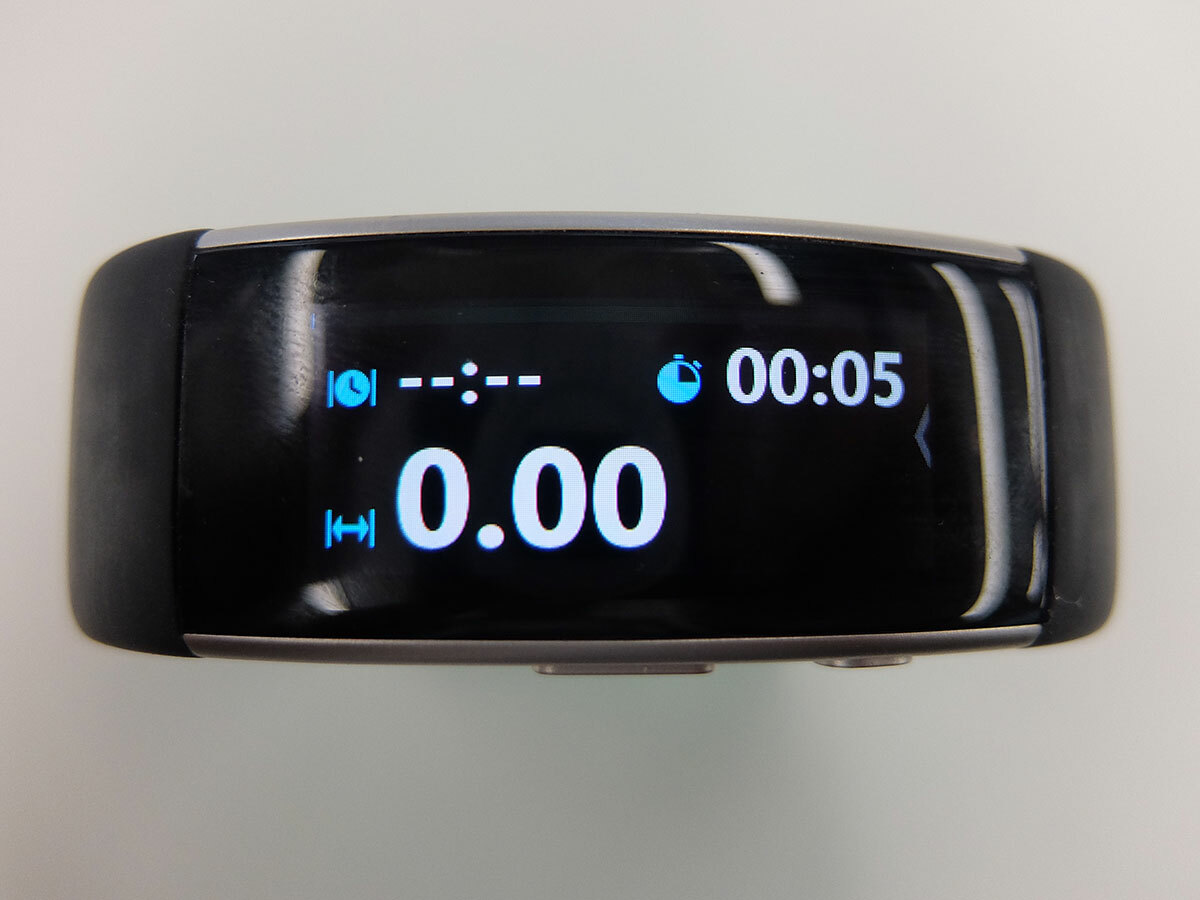
Running with Microsoft’s creation is relatively pleasant. At least, I didn’t find the process of quickly putting one foot in front of another any more distasteful than usual.
You can clearly read vital stats on its curved AMOLED touchscreen, such as the amount of time you’ve been running for, calories you’ve burnt and distance you’ve travelled. In an ideal world, you’d also get tips telling you how close you are to puking and whether that burning in your lungs is totally normal or just a marker of total athletic inadequacy. That’s probably too much to ask of the Band 2 though. Perhaps one for the Band 3…
In other more important developments, GPS takes a couple of minutes to connect when confronting the great outdoors, which isn’t ideal considering I tend not to spend too much time out there per run.
In my time with the Band 2, I also wished it was possible to control your music through the device. Having to dig out your phone every time you wanted to skip a track was a total drag. Thankfully this functionality has just been added in a new update to the Band 2, alongside alerts for when you’ve been sitting still for too long and some other more negligible tweaks.
Good for a snooze
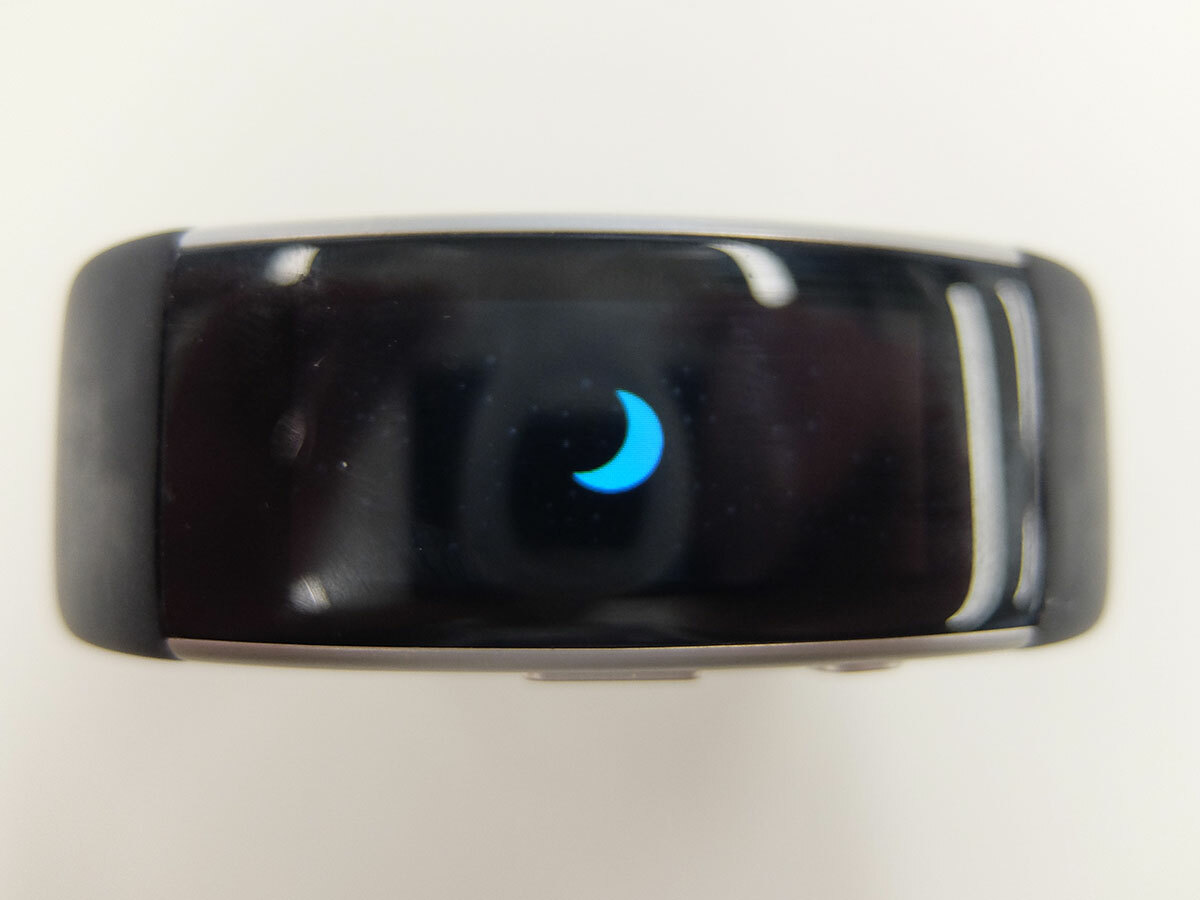
At least the Band 2 is comfortable enough to wear. While you could hardly describe this rubberised device as a looker, it does have a certain chunky charm. I especially like its tactile metal clasp, which is great for twiddling about with in moments of idle-minded distraction.
There’s a practical side to this tracker’s rotund figure too. Whereas the original Band’s battery was awkwardly incorporated into the device so that it squeezed on your wrist, it’s now part of that neat clasp. The result? You won’t notice it nearly as much.
Even though the Band 2 is a big device – big enough for someone to notice in the urinals and spark up a conversation with you about it (true story) – its 238g weight doesn’t feel particularly heavy to wear. This is especially true when you’re sleeping with the tracker.
I’m a particularly light snoozer, as was proved by the Microsoft Health app’s data, so anything that interferes with my dozing-off routine is generally bad news. Nevertheless, I happily dreamt of scoring the winning FA Cup final goal and sprouting some proper facial hair.
Sport strapped on › Fitbit Charge HR review
Delving through the data
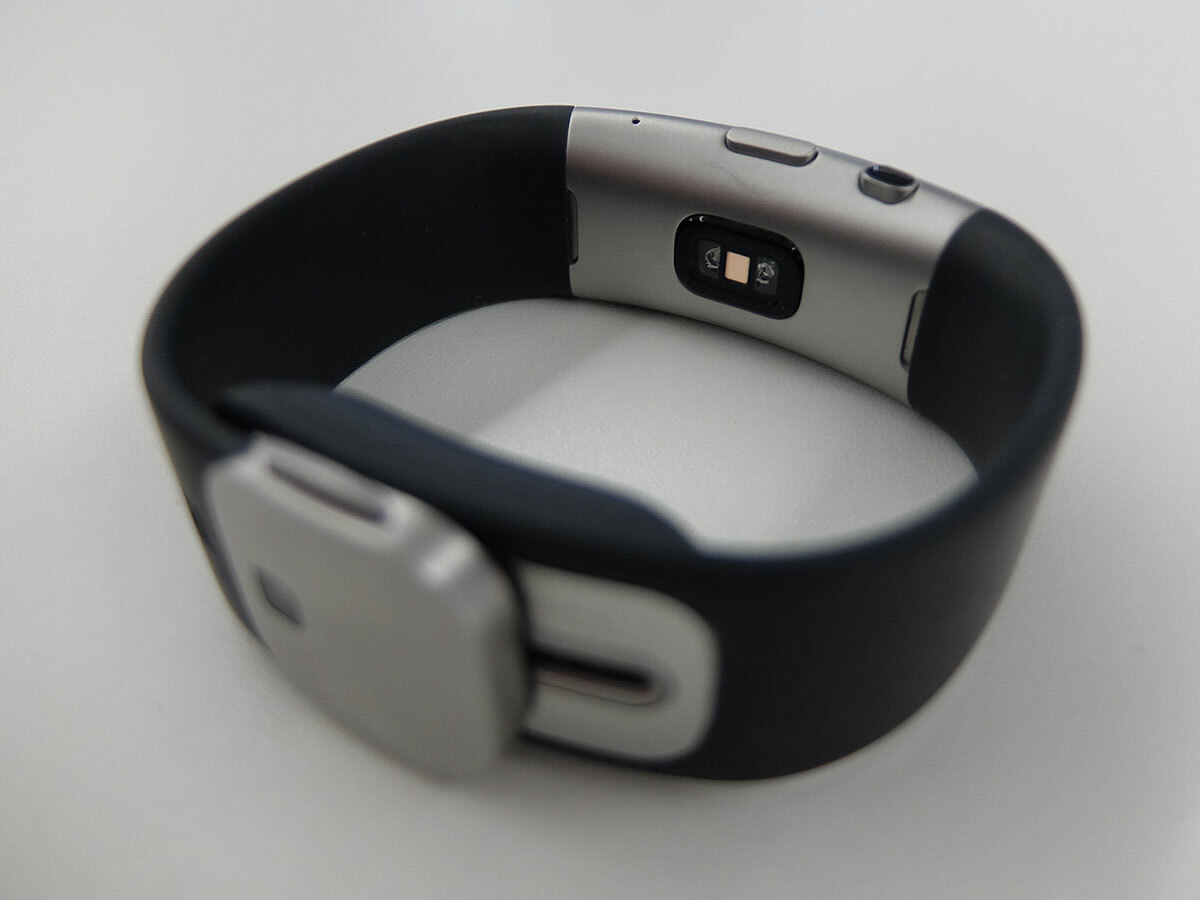
All the data you collect via the Band 2 is collated together in the functional but user-friendly online Microsoft Health dashboard. Its free sister app for iOS, Android and Windows Phone is more of a way to see what you’ve done that day and marvel at your own athleticism. You’ll need to whack out your laptop if you want to learn much from what you’ve done over the last fortnight and beyond.
Sleep is a particularly good example of this. I found out that although I go to sleep late, I do usually crack that magic six hour restoration mark. I also have a sleep efficiency of 89%, which could mean anything for all I know. This is par for the Band 2 course: it’s easy to drown yourself in statistics without drawing any conclusions from them.
Fitness trackers aren’t allowed to make health recommendations based on what you do due to governmental regulations. This means they’re best used as markers of consistency. Say you ran much farther than usual that other Monday. The Band 2 can tell you that was the case in near-on excessive detail, it’s up to you to figure out why though. Or indeed how to repeat your new personal best.
Drops the ball sports
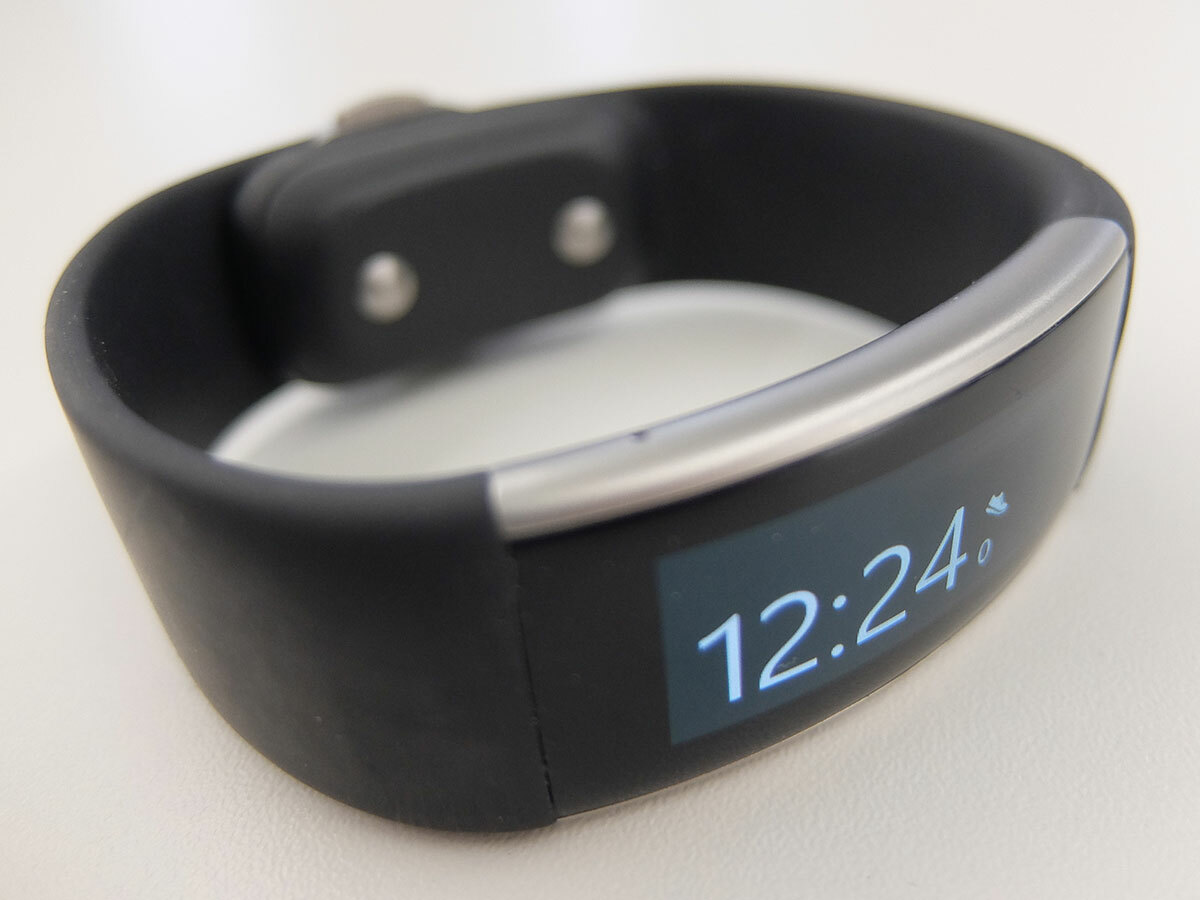
In attempting to do so much, the Band 2 at least covers a lot of bases. If there’s one shortcoming I hope its successor can address next year, it’s ball sports.
Although this device can help you with your golf swing the only way to record your weekly five-a-side match or knockabout on a tennis court is as a generic activity. You can set it as a run for more detailed sprinting stats, but then that’ll mess with the times around a set route. I’d pay a shameful amount of money for a device that could advise me how to not run out of puff midway through the second half. Beyond just telling me to go for a run more often like a smartarse.
The Band 2 is more for people who view exercise as a means to self-betterment. Rather than someone who enjoys a knockabout with their mates.
Fitness at its finest › Jawbone UP3 review
Battery struggles
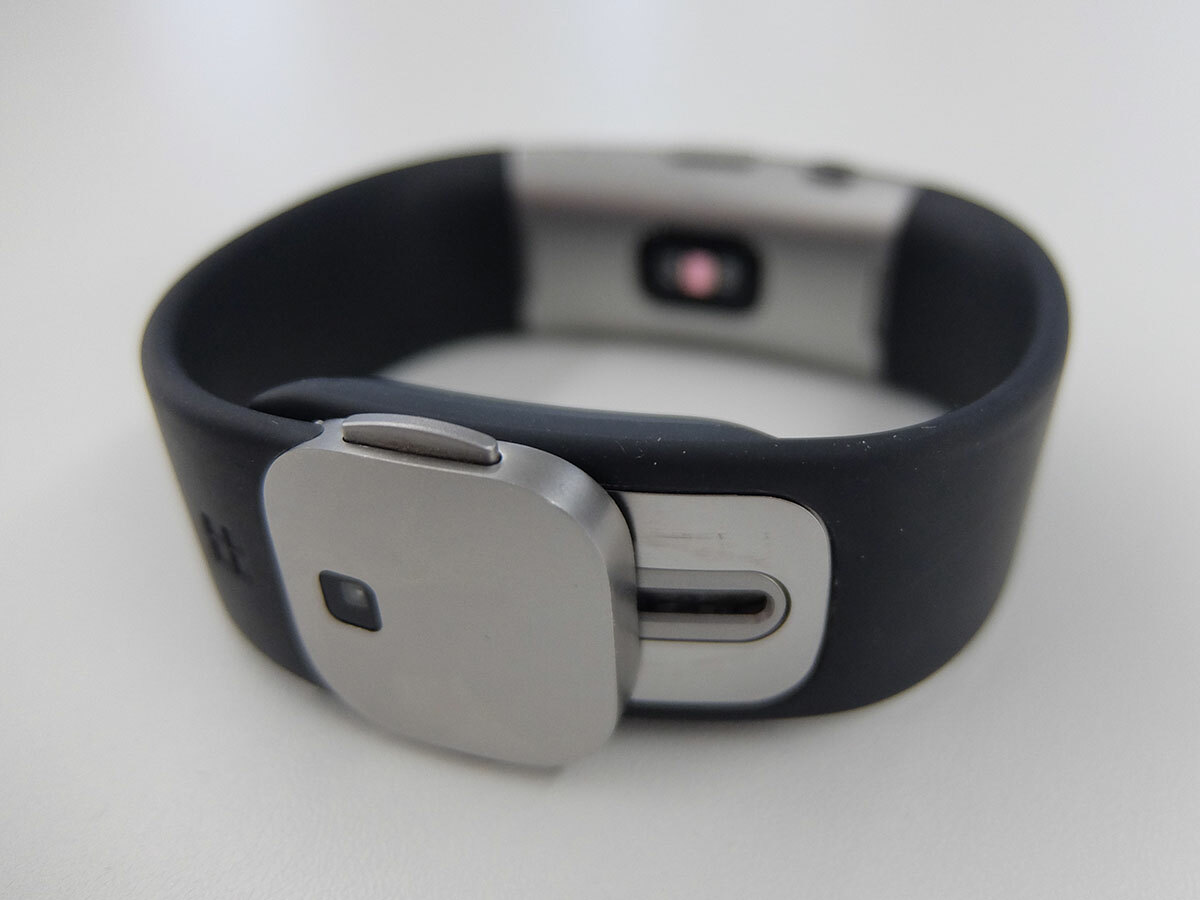
Beyond this tracker’s philosophical quandaries, there are another couple of more tedious issues that hold it back. The first is its iOS app, which struggles to connect to the Band 2 via Bluetooth and store the data you’ve collected. I lost a good few days of tracked steps, burned calories and actually important stuff because I didn’t realise my iPhone and Band 2 weren’t on speaking terms anymore.
The Band 2 works fine with the new Lumia 950 XL Windows Phone, but you’d expect as much given its creators. Whether Microsoft has got its priorities right here is questionable. As in, why didn’t it make a fully working iPhone app that more people will use?
Besides these app issues, the Band 2’s other shortcoming is totally predictable: battery life. This tracker will last for around two days, meaning it will occasionally die in your sleep and muck up your stats. More likely, you’ll have to recharge it overnight a couple of times a week.
Microsoft Band 2 Verdict
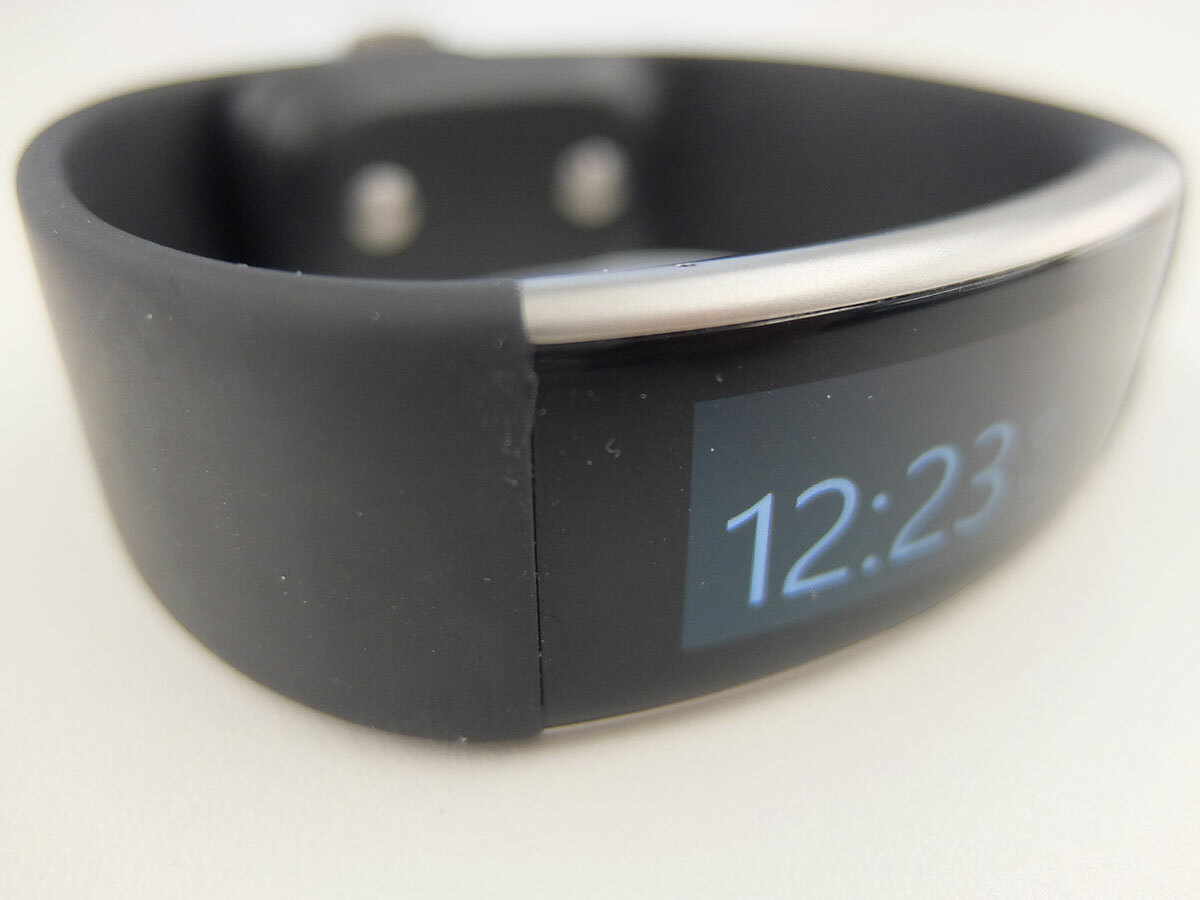
So the Band 2 is far from perfect. When you consider its price is more than double several other trackers, that alone could put you off owning one.
Just as you might appreciate Arsenal for their vivacious wins and gallant losses, I do admire this device’s ambition. Anyone who obsesses over their fitness will appreciate the myriad ways it caters to this hypochondria. As for the everymen and women out there? Owning a Band 2 may convince you to get a sweat on more often than usual. Or just delay your annual health-related meltdown.
At least this tracker had me covered on that count.
Buy the Band 2 here from Microsoft
Wrist assessment › The 10 Best Wearable Tech products in the World right now
Stuff Says…
An iffy battery life and ropey iOS app hold the Band 2 back from being a top fitness tracker
Good Stuff
Tracks a lot of stats
Caters for plenty of sports
Fits better than the original Band
Bad Stuff
Struggles with iOS
Two day battery life
Smartwatch functionality is limited



